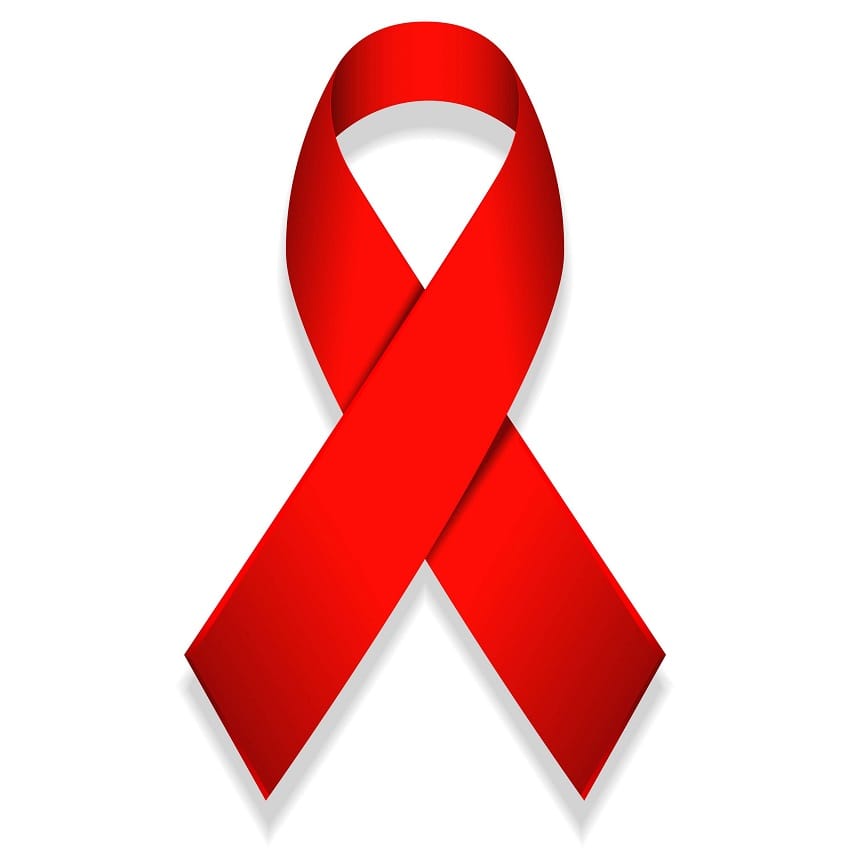
Essay on Communicable Disease – Human Immunodeficiency Virus (HIV)
It is a well-known fact that human immunodeficiency virus, or HIV, causes acquired immunodeficiency syndrome (AIDS). The virus weakens the body’s ability to resist the human infectious diseases and malignant tumors. Thus, the problem of HIV/AIDS spread is a problem number one all over the globe. In such a way, the main aims of this project are to observe the problem with more details, and to describe efforts to control the disease HIV.
First of all it is important to mention that modern society is greatly concerned about the HIV/AIDS pandemic, and has increased the own efforts to control the situation in recent years, but the virus continues to spread from the person to person with alarming and increasing speed. According to statistical data presented by UNAIDS (2005), “by the end of 2005, an estimated 40 million people worldwide were living with HIV infection or disease, a notable rise from the 35 million infected with HIV in 2001.” In addition, Emmers-Sommer & Allen (2005) added that in spite of the fact that Sub-Saharan Africa still remains the region most affected by the deadly disease; HIV/AIDS is now spreading rapidly in many parts of Eastern Europe and Asia. The whole world is in danger nowadays because both HIV and AIDS do not know any boundaries or limits.
Describing efforts to control the disease HIV, it is possible to mention that the government of many states, using high-level political leadership, invented new population-based programs to increase open communication about possible sexual activities and HIV/AIDS programs to combat stigma and discrimination for the purpose to show people that their lives are in their hands. Mayer (2010) stated that the global community is sure that HIV/AIDS has no equal, and there is no possibility to waste time on unnecessary conversations because it is time to act.
Thinking about the influence of lifestyles, socioeconomic status, and disease management, we see that HIV combines in itself seven qualities:
1) HIV infection spreads very rapidly;
2) A person, being infected with HIV, becomes a carrier of the virus for many years, sometimes without knowing it, or without having any symptoms, which greatly increases the potential for spread of the infection;
3) HIV/AIDS reduces life expectancy, which in turn could adversely affect the savings of the population, the productivity of labor and education; moreover, HIV/AIDS primarily affects young people between the ages of 15 and 49, who are just beginning to live, work and become parents;
4) People with HIV/AIDS suffer from frequent and prolonged illnesses, leading to high costs of the family and the health care system;
5) HIV/AIDS breaks down social community, defies belief systems and calls for life the deep and sensitive issues of gender inequality;
6) There is no vaccine against AIDS, and people are unable to fully recover from it;
7) Although methods of treatment have been improved, their value remains too high.
To ensure an effective response to the epidemic all countries should apply to non-governmental organizations (NGOs) that represent people living with HIV/AIDS, and to incorporate them into national plans of work, as well as in the corresponding direction of the strategy to eradicate their exclusion and discrimination in society, and to provide assistance to vulnerable populations.
In conclusion, HIV/AIDS constitutes a global emergency and poses one of the most formidable challenges to development, progress and stability of many societies and the world at large, and requires an exceptional and comprehensive global response. All countries should remember that HIV prevention must be the mainstay of national, regional and international efforts to fight the pandemic. Thus, the global community needs to intensify its efforts to ensure that all countries, particularly the most affected countries, have a wide range of prevention programs developed to local circumstances, ethics and cultural values, including information, education and communication in languages most understood by communities and respectful of cultures, aimed at reducing risk-taking behaviors and encouraging responsible sexual behavior, including abstinence and fidelity; to increase access to essential commodities, including male and female condoms and sterile injecting equipment; to reduce the harm associated with drug use; to increase access to psychological services assistance and testing on a voluntary basis, and in accordance with the principle of confidentiality; to control the security of blood supplies; and to provide the timely and effective treatment of sexually transmitted diseases.

